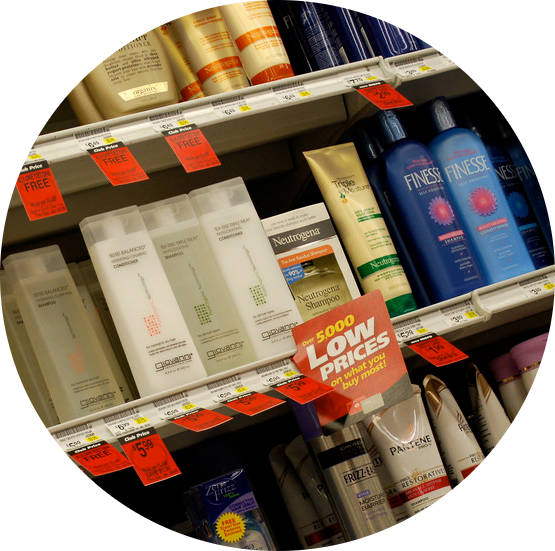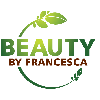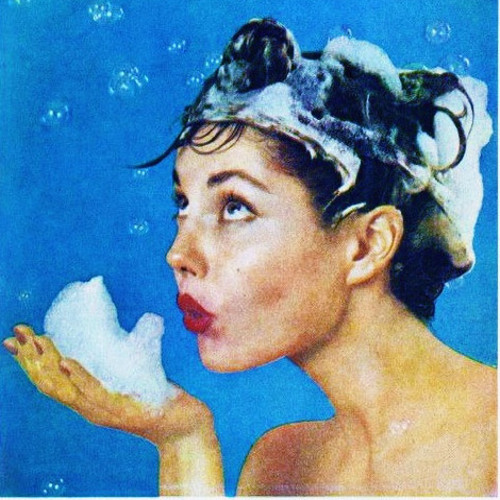What is it?
What is 1,4-dioxane? 1,4-dioxane is an unwanted contaminant that’s created when certain chemicals are combined during the manufacturing process. Specifically, it’s created during ethoxylation, a process in which the chemical ethylene oxide, a known carcinogen, is added to reduce the skin irritation or harshness of other chemicals. It is also used as a solvent in paper and textile manufacturing as well as an ingredient in antifreeze. This contaminant is most commonly found in products that create foam and suds like, soap, baby soap, shampoo, baby shampoo, bubble bath, detergents, hair relaxers and more.
What’s the concern?
You can be exposed to 1,4-dioxane through skin contact, inhalation of contaminated air and through tap water. While it is not so easy to avoid what is in the air and the water, we can choose to not add additional contaminants to our bodies. Not only does 1,4-dioxane easily penetrate the skin, The International Agency for Research on Cancer and the U.S. Environmental Protection Agency classify it as a probable human carcinogen, The National Toxicology Program and Institute lists it as an animal carcinogen and it is listed on California’s Proposition 65 list of chemicals that are known or suspected to cause cancer or birth defects. This unwanted contaminant is estimated to be present in up to 46% of all personal care products currently on the market.
How will you know if your product contains 1,4-dioxane? You won’t, as it is not listed on any label, it is created as the result of a chemical reaction when other chemicals are mixed together. There are over 1800 ingredients that potentially contain this contaminant.
How can I avoid it?

To identify and avoid 1,4-dioxane, the Agency for Toxic Substances and Disease Registry recommends looking out for products that list any of the following ingredients on the label:
- polyethylene glycol (PEG)
- PEG compounds
- Polyethylene
- polyoxyethylene
- -eth
- -oxynol
To learn more things to look out for on your label, click here.
References
https://www.atsdr.cdc.gov/phs/phs.asp?id=953&tid=199
https://www.ewg.org/skindeep/ingredient/726331/1%2C4-DIOXANE/#.WneI8WyulPY
http://www.safecosmetics.org/get-the-facts/chemicals-of-concern/

